Clouds Rest Via Happy Isles Loop is a 22.7-mile loop located in Yosemite National Park. This scenic and challenging loop begins at the Happy Isles Trailhead in Yosemite Valley, one of the most popular trailheads in the park. The route follows the John Muir Trail (JMT), summits Clouds Rest, and descends via the Sunrise Lakes Trail, reconnecting with the JMT for the return. This strenuous loop, with over 7,000 feet of elevation gain, offers breathtaking views of Yosemite's iconic granite peaks, forests, and alpine lakes, making it a rewarding experience for both hikers and backpackers.
DESCRIPTION
The hike begins at the Happy Isles Trailhead, following the JMT as it gradually ascends, passing scenic Nevada Falls and continuing alongside the Merced River. You'll eventually reach the junction for Clouds Rest Trail, where significant elevation gain begins, climbing steep switchbacks through forests of lodgepole pines and open granite slopes.
The summit of Clouds Rest (9,931 feet) provides panoramic views of Half Dome, Yosemite Valley, and the Sierra Nevada mountains. Though strenuous, the 360-degree views are well worth the effort.
From the summit, the trail continues along Clouds Rest Trail until reaching the Sunrise Lakes Trail. Descending through alpine meadows, you’ll pass the serene Sunrise Lakes.
The trail then reconnects with the JMT, leading you back to the Happy Isles Trailhead, retracing your steps with a gentle downhill back to Yosemite Valley.
HIGHLIGHTS
-
Waterfalls
-
Clouds Rest Summit
-
Panoramic Views
-
Views of Half Dome
-
Alpine Lakes
FLORA AND FAUNA
The trail passes through a variety of ecosystems, from oak woodlands to lodgepole pine forests and alpine meadows. In summer, wildflowers such as Indian paintbrush, lupine, and columbine are abundant. Wildlife sightings may include mule deer, black bears, marmots, and various bird species.
CAMPING PERMITS AND REGULATIONS
-
Permits: A wilderness permit is required for overnight camping in Yosemite. Permits can be obtained through www.recreation.gov. Secure permits well in advance, as they are highly competitive.
-
Entry Information: Yosemite National Park charges fees for vehicles and individuals entering by foot or bicycle. For more details, visit: Yosemite Fees.
-
Food Storage: Bear canisters are required for all food storage in Yosemite’s backcountry.
SAFETY AND CONSIDERATIONS
-
Water: Natural water sources are available along the route. Always filter or treat water before drinking.
-
Altitude: The trail ascends above 9,000 feet. Be prepared for the effects of altitude changes.
Weather: he Sierra Nevada can experience sudden weather changes. Bring layers and be ready for rain, snow, or strong winds. Always check current conditions before your hike. For weather info, visit: Yosemite Weather.














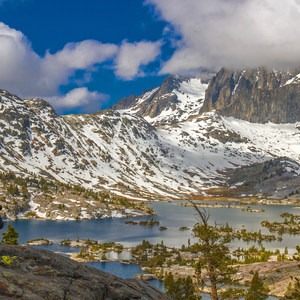

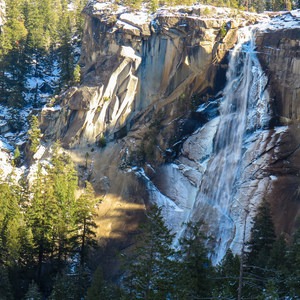
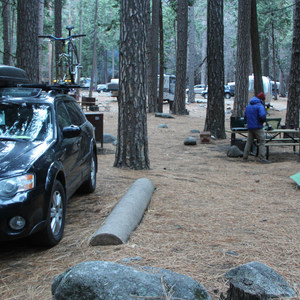
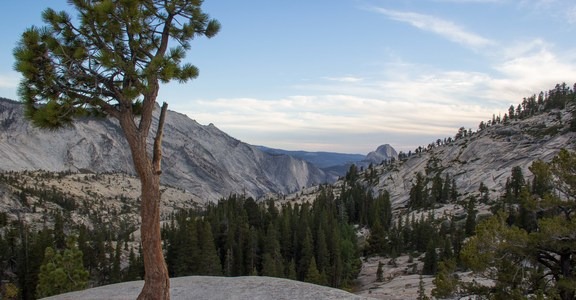
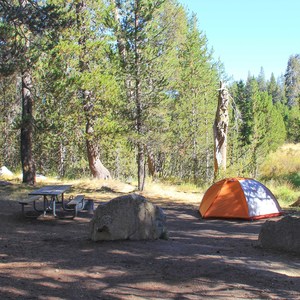



Comments
Sign In and share them.